In recent years, cloud storage solutions have gained ground over physical media. However, devices such as network-attached hard drives (popularly known as NAS) are booming: prices have dropped, they are very easy to set up and use, and they promise a compromise between network flexibility and security. rare files stored locally.
WD has a long history as a manufacturer of these types of products and the My Cloud Home line is the jewel in the crown. We had the opportunity to test WD My Cloud Home and My Cloud Home Duo for a few weeks and these are our impressions.
As the name “Home” already suggests, these are devices intended for the home, which can be used by every member of the family thanks to the possibility of creating profiles. Everyone can have their own space in a personal, secure and private cloud.
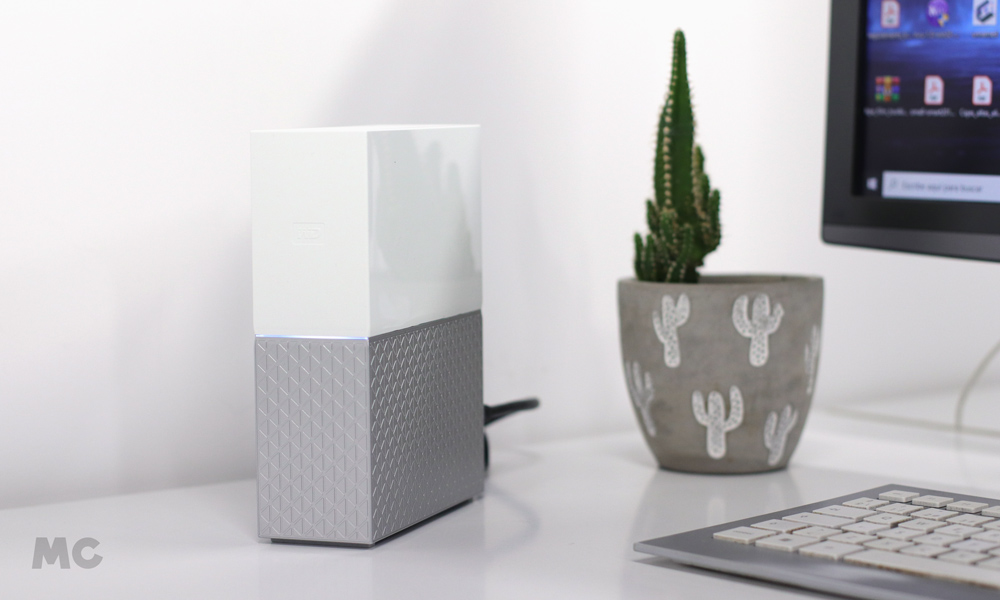
These products are designed as a large storage of content (videos, audio, photos, files of all kinds…) that we can also easily distribute and share with other devices through our network. We can set up automatic copies of files we have on our computers and photos and videos taken on our phones, as well as create photo albums and folders to put our best memories. Everything will be sent and stored securely in our local storage without us having to do anything else and act like our own private cloud.
In addition, it includes powerful search functions by date, time or keyword, something essential when we are in a hurry to find something in our “digital warehouse”.
As you can see in the video and the images that accompany these lines, both devices share the same design with a modern aesthetic, remarkable build quality and a very careful aesthetic, far from the boring and nondescript black tones of most of the competition. .

From a technical point of view, we deal with storage solutions based on quality hard drives, designed to be always connected. To control everything, a 1.4 GHz quad-core processor signed by Realtek is integrated together with 1 GB of RAM, which is more than enough to move the proprietary operating system and work smoothly with large file transfers.
Before we continue, a quick look at the technical specifications:
Specifications: WD My Cloud Home:
- One USB 3.2 Type A port.
- Gigabit LAN connector (1000 megabits per second).
- Feeding.
- Capacity: 2TB, 3TB, 4TB, 6TB, 8TB.
- It supports one storage unit.
- Compatible with Windows 10, macOS 11 and higher.
- Dimensions: 140mm x 53mm x 175.5mm.
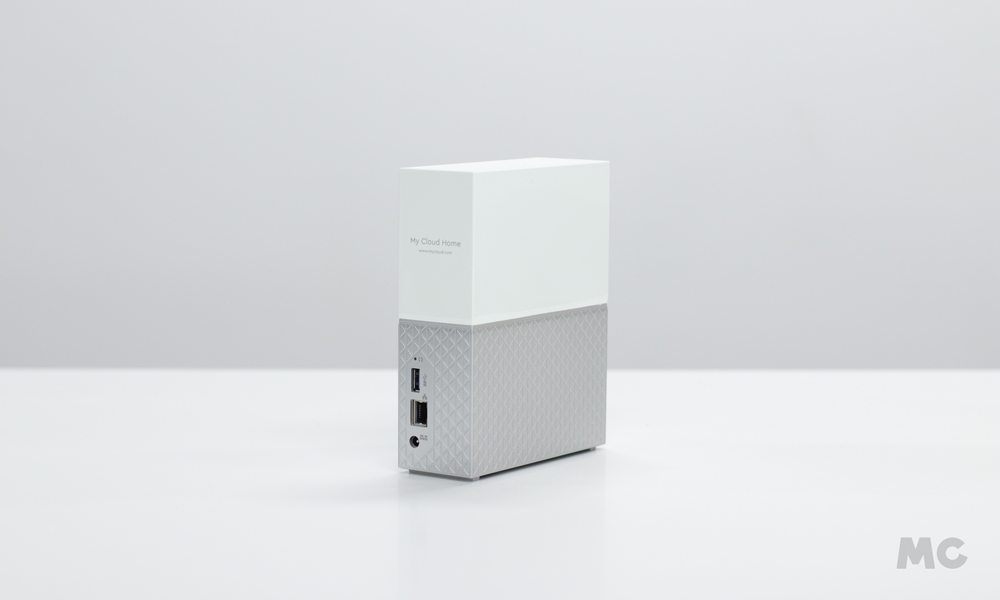
Specifications: WD My Cloud Home Duo:
- Two USB 3.2 Type-A ports.
- Gigabit LAN connector (1000 megabits per second).
- Feeding.
- Capacity: 4TB, 6TB, 8TB, 12TB, 16TB and 20TB
- It supports two storage units, it can work in mirror mode (RAID 1) to protect our photos, videos and files with a layer of redundancy.
- It also allows you to disable redundancy to increase available storage capacity.
- Compatible with Windows 10, macOS 11 and higher.
- Dimensions: 160mm x 100mm x 180mm.
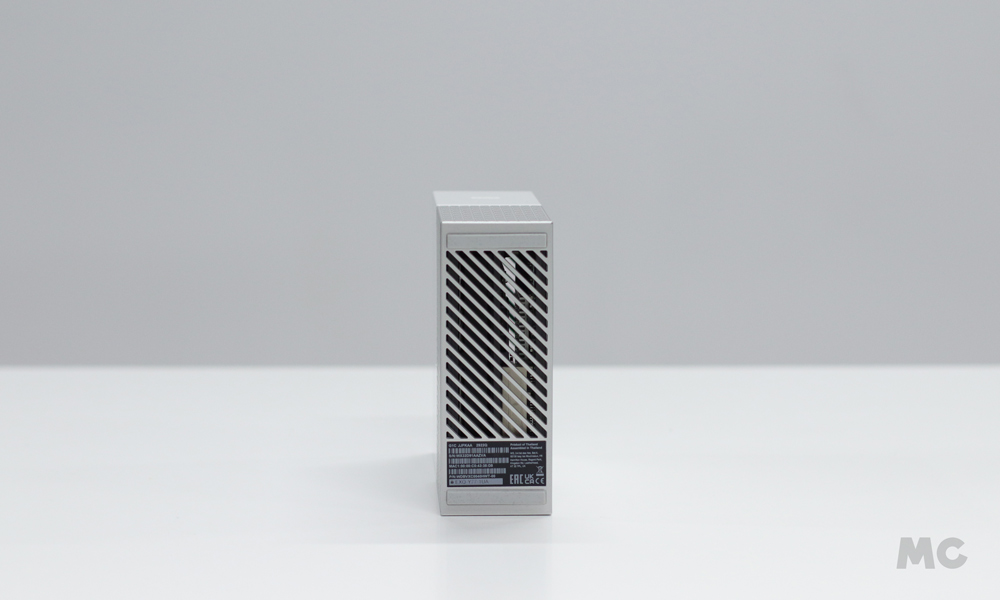
The installation process is very simple and practically identical on Windows or Mac or even on a mobile device (in fact it can be configured and used without the need for a PC). After connecting to the mains, just plug the ethernet cable into the router and access the provided address through the browser. After a few minutes, the device will be installed and will act as another storage drive.
One of the most interesting aspects of this design is how easy it is to integrate with what we already use today. It supports Dropbox, Google Drive, Google Chromecast, Box.com, Windows Backup, Time Machine and many more. In addition, it supports customization thanks to the IFTTT service.
The tax on the extreme ease of use and configuration of this device is what separates it from the more professional-oriented NAS, intended for a different type of public, and which has a much steeper learning curve than the proposal presented. In any case, and to go even further, WD itself has options within the Expert range.
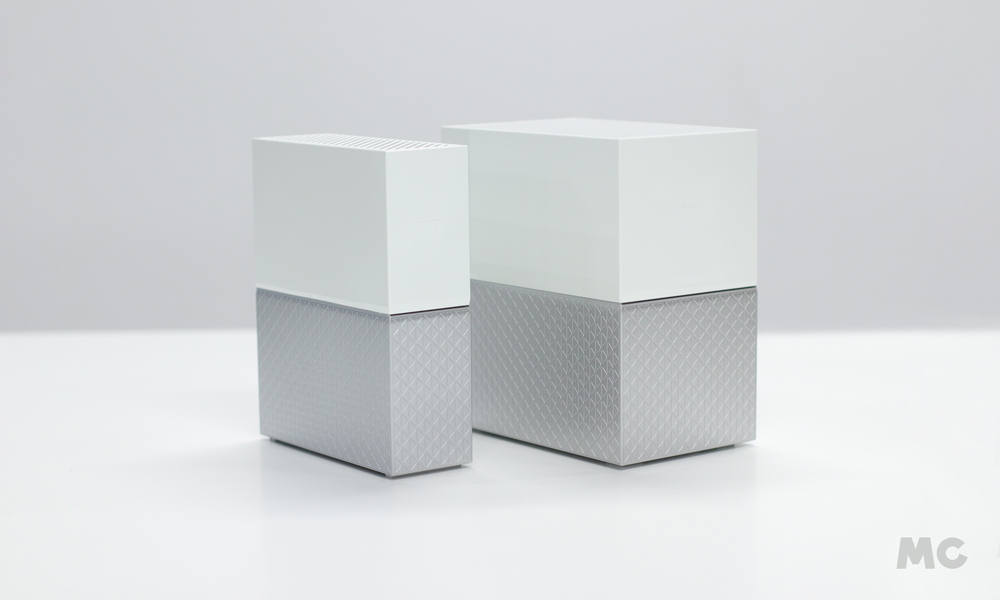
When it comes to performance, WD’s offering lives up to expectations. As with any device of this type, the final transfer rate you get at home will depend heavily on your configuration, and a direct cable connection is always better than accessing the drive via WiFi.
It doesn’t make much sense to expect the speed we get by connecting an external device directly to a computer’s USB 3.0 port or what SSDs achieve, but it offers enough performance for the intended use scenario. An important recommendation is to do the first configuration without rushing and let the device work quietly until the first copy of our files is completed.
In an attempt to simulate a standard scenario, we connected the drives in a scenario with a Mac Mini connected via Ethernet to the router and a Windows 11 laptop accessing it via WiFi. Our average after a week of work was about 55-60 MB/s reading and 25-30 MB/s reading connected with a network cable. We opted for wireless and depending on location, our transfer speeds ranged between 30-35MB/s read and 15-20MB/s write.
These numbers more than meet the needs of a home user. Once an initial large copy of all our information is made, this is not a handicap under normal circumstances. Obviously, those users who prioritize transfer speed and want to work with files “live” from storage disks should look for external SSD drives with many advantages, but also radically different from the concept of security and long-term storage that WD proposes.
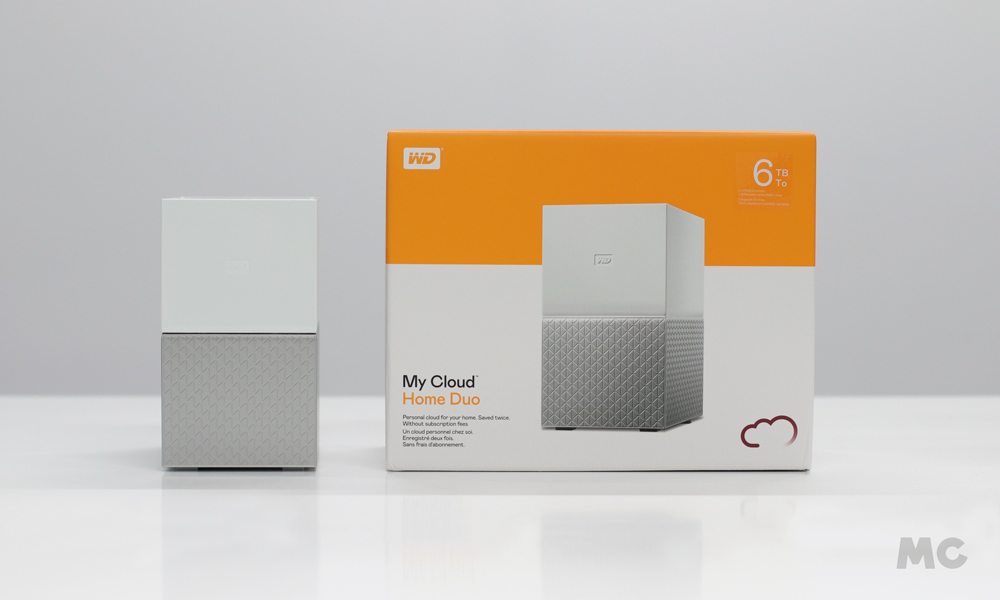 Advantages of redundant storage
Advantages of redundant storage
Although almost identical in everything else, it is important to highlight the added value that the Duo model offers. By equipping two identical hard drives configured in duplication mode (RAID 1), all data stored on the device is copied to two different physical locations (two identical hard drives).
This way, even if a hardware failure occurs on one of the two drives, our valuable information will always be safe. Of course, it is possible to disable this mode and configure RAID 0 with twice the capacity, but always keep in mind that we will lose that “extra life” and if we want security guarantees, it will be necessary to reach for an external backup. in any scenario.
In the case of irreversible damage to the disk, we can buy another identical one and install it ourselves. The system detects this and immediately starts the process of duplicating the information to guarantee the redundancy of our data again.
conclusions
My Cloud Home and My Cloud Home Duo are reliable, maintenance-free storage devices specially designed for users who want a secure and simple solution for storing and sharing their data.
The My Cloud Home version is available from 151 euros for a capacity of 2 terabytes and is sold in 2, 4, 6 and 8 terabyte versions. The My Cloud Home Duo version starts at 4 Tbyes and costs 314 euros and can reach up to 20 terabytes of storage with RAID 1 redundancy.
In addition to remarkable hardware, WD’s expertise is also evident in software and the ability of devices to adapt to the environments and applications we already use. Without the need for technical knowledge and in minutes, we can deploy a private cloud to keep our information safe.
In short, a fantastic opportunity to centralize the storage of your digital life in one place, quickly, easily and with access from any location and device with an Internet connection, such as a smartphone or tablet. Recommended especially for home users who are interested in storing their documents, photos, videos and any type of files safely and without the need to use paid services in the cloud.
It is worth noting the extreme ease of use and the possibility to protect the various profiles we create with a password, as well as synchronization and automatic copying with backup solutions integrated into the Windows or Mac systems we have at home or in the office. .













 Advantages of redundant storage
Advantages of redundant storage:quality(85)//cloudfront-us-east-1.images.arcpublishing.com/infobae/3HQPNAVIXJDBVBIC6O7EDGLXDU.jpeg)




